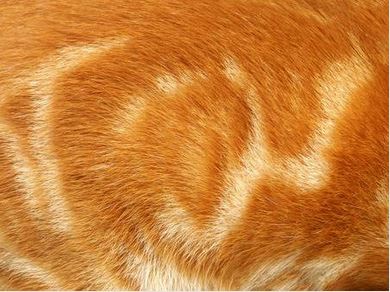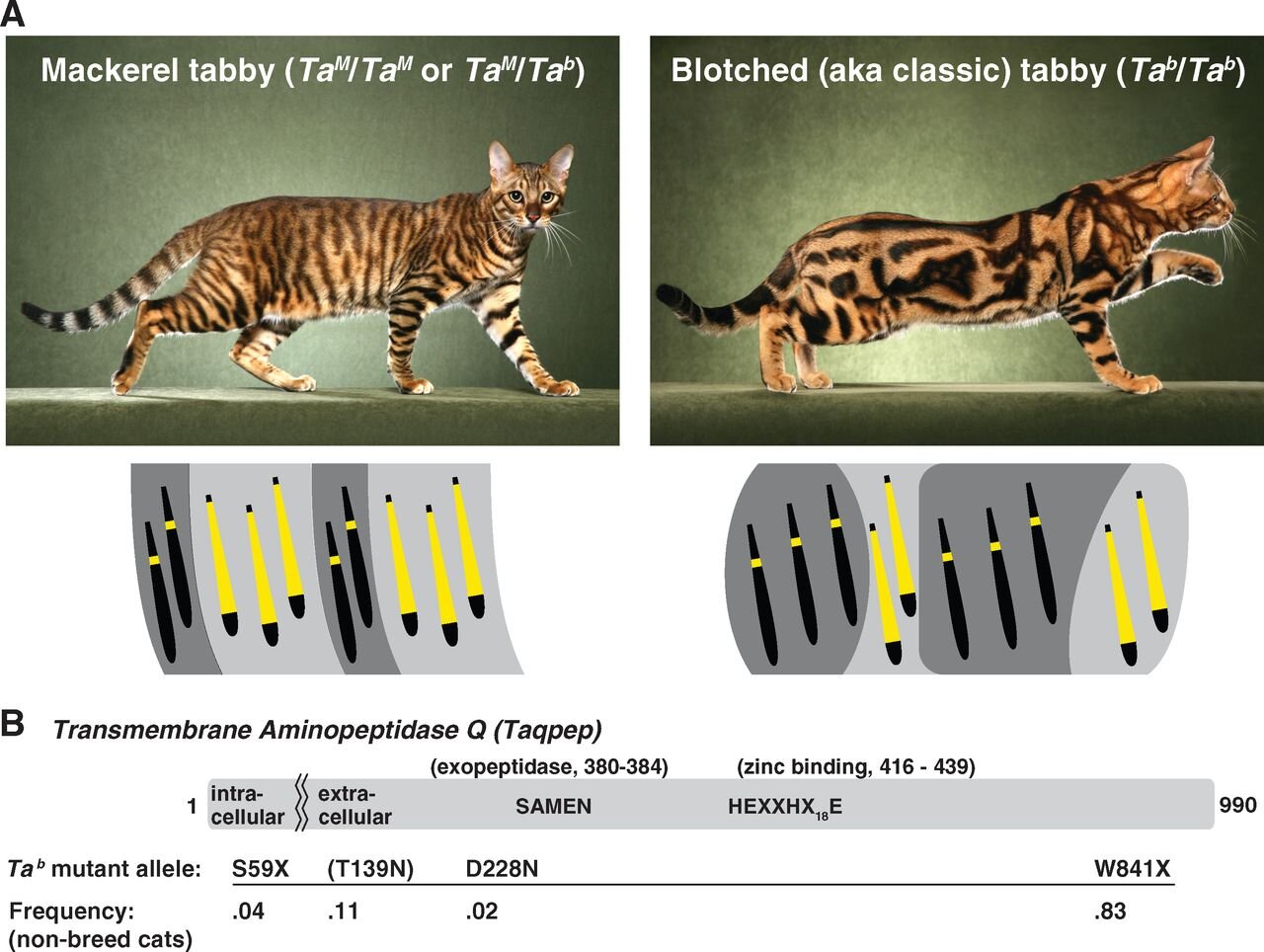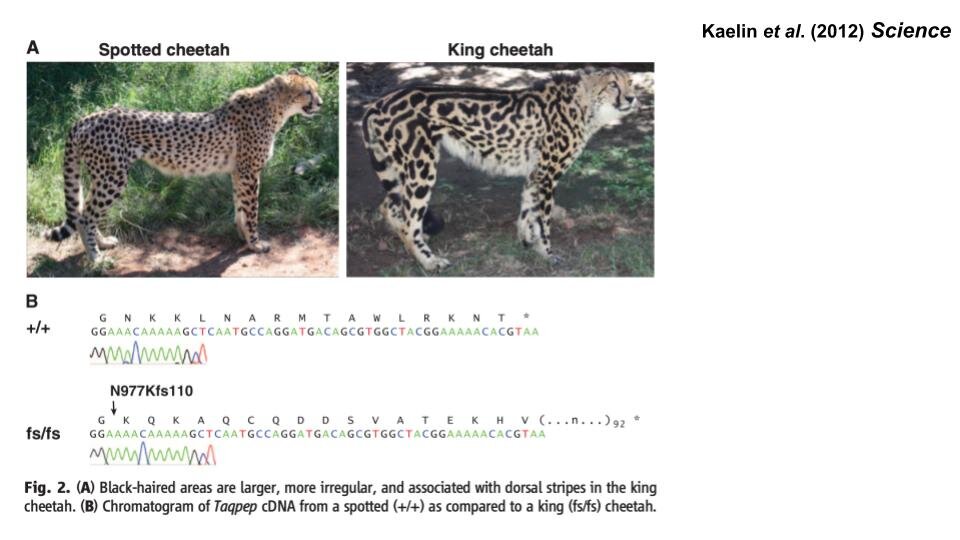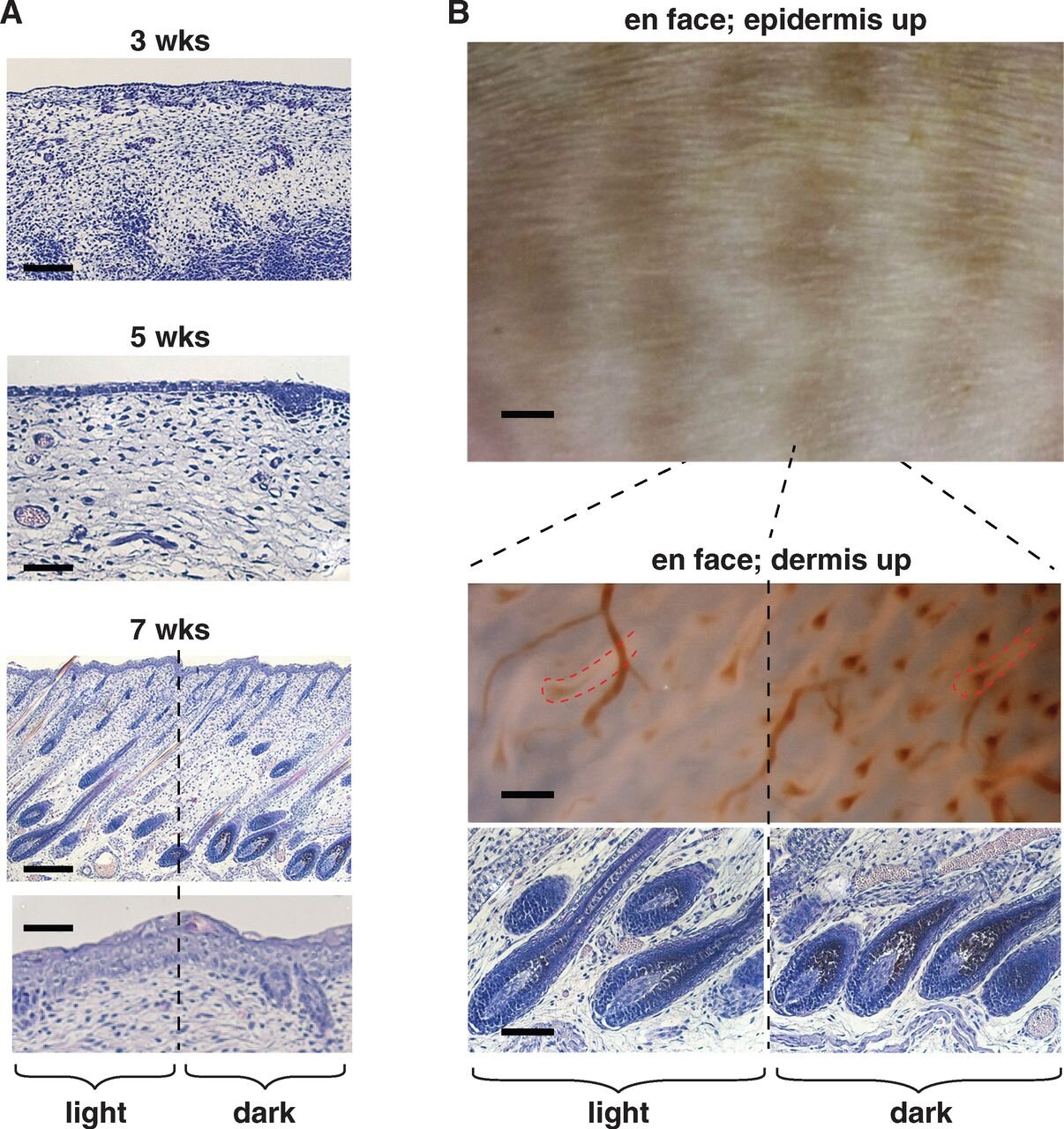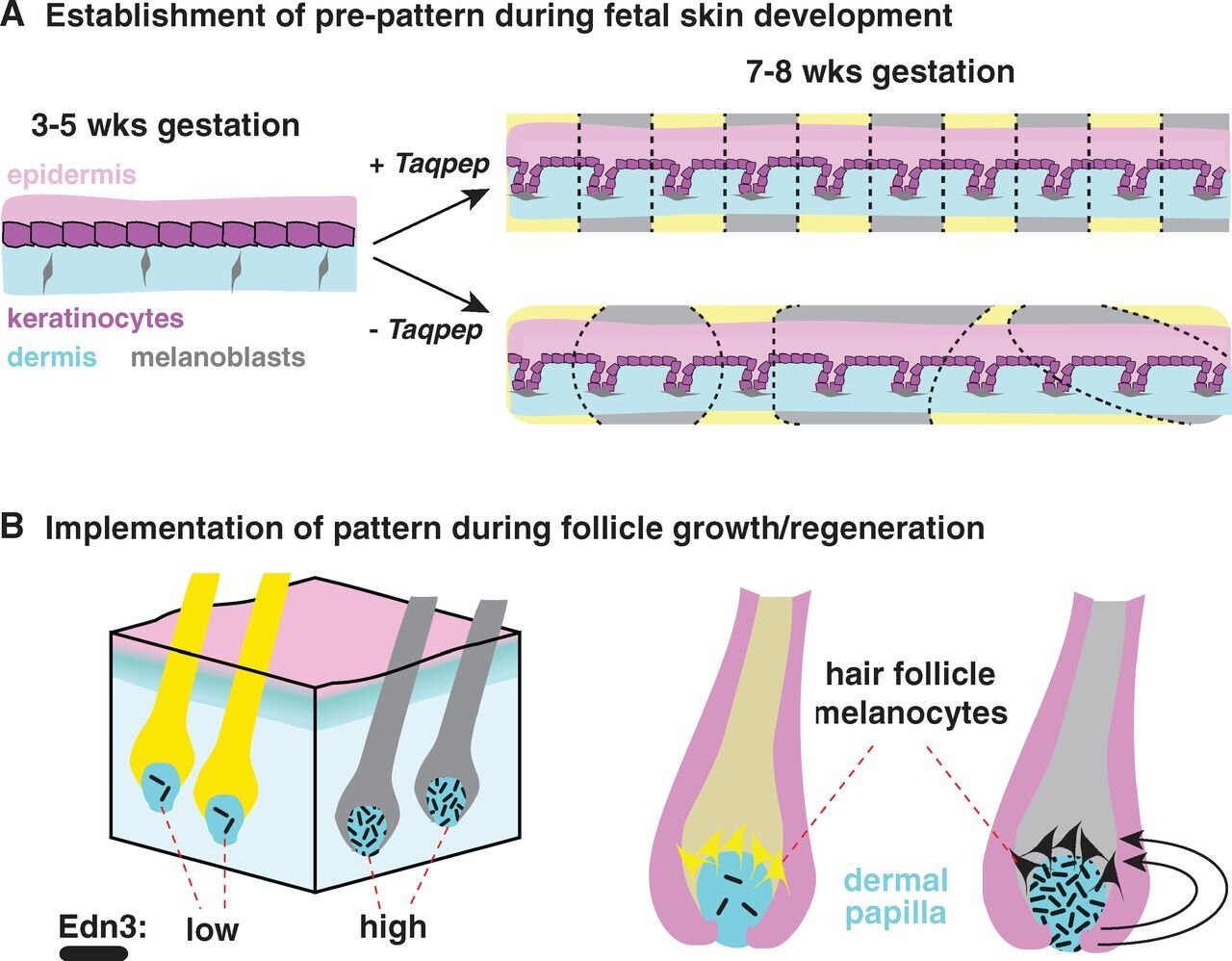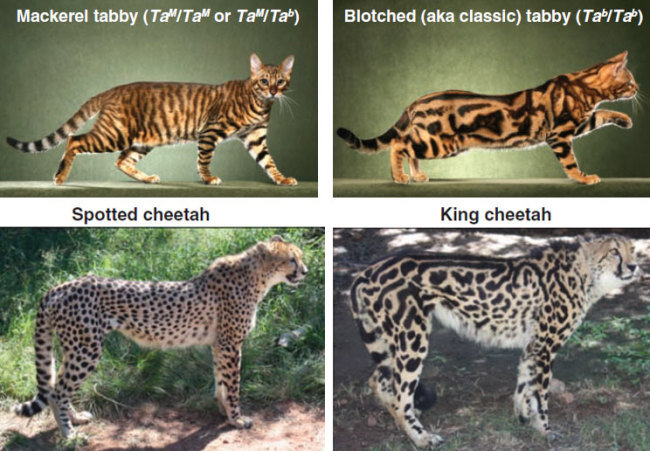Maine Coon Patterns
Maine Coons come in classic, mackerel, spotted, ticked, solid, and torbie. All of these coat patterns can be “with white” of varying degrees (low white or high white). White markings can present as van, bi-color and mitted. Here's a more detailed breakdown:
Tabby: This is a common pattern, and within it, there are several variations like classic tabby, mackerel tabby, spotted tabby, and ticked tabby.
Solid: These cats have a single, uniform color like white, black, or blue.
Tortoiseshell: This pattern is characterized by a mix of black and red (or cream).
Smoke and Shaded: These patterns involve a base color with a lighter shading on the tips of the fur.
Bicolor and Particolor: These involve a combination of white with patches of another color.
Classic Tabby Pattern - Maine Coon
Classic Tabby
Classic Tabby Maine Coons should present with swirls of pattern on the body. Pattern markings should be dense, clearly defined, and broad. Legs evenly barred with bracelets coming up to meet the body markings. Tail evenly ringed. Several unbroken necklaces on neck and upper chest, the more the better. Frown marks on forehead form an intricate letter “M”.
Unbroken line runs back from outer corner of eye. Swirls on cheeks. Vertical lines over back of head extend to shoulder markings which are in the shape of a butterfly with both upper and lower wings distinctly outlined and marked with dots inside outline.
Back markings consist of a vertical line down the spine from butterfly to tail with a vertical stripe paralleling it on each side, the three stripes well separated by stripes of the ground color. Large solid blotch on each side to be encircled by one or more unbroken rings. Side markings should be the same on both sides. Double vertical rows of buttons on chest and stomach.
Mackerel Tabby Pattern - Maine Coon
Mackerel Tabby
Mackerel Maine Coons should have stripes going vertically from the spine line to the belly. Markings should be dense, clearly defined, and all narrow pencillings. Legs evenly barred with narrow bracelets coming up to meet the body markings. Tail barred. Necklaces on the neck and chest distinct, like so many chains.
Head barred with an “M” on the forehead. Unbroken lines running back from the eyes. Lines running down the head to meet the shoulders. Spine lines run together to form a narrow saddle. Narrow pencillings run around the body.
Spotted Tabby Pattern - Maine Coon
Spotted Tabby
Ticked Tabby Pattern - Maine Coon
Ticked Tabby
Shows pronounced ticking on body and when viewed from above will show darkening at the dorsal crest but will otherwise be free from pattern or any noticeable spots, stripes or blotches. Body hairs will be ticked with various shades of marking color and ground color. The cat will show full tabby markings on face and legs and the lighter underside may also show tabby markings.
Diagram of cat coat patterns
Diagram showing classic, mackerel, spotted and ticked coat patterns.
Patched Tabby
The "patched" part of the description refers to the presence of red or cream (or their dilute versions, cream and blue) mixed into the tabby pattern, creating patches.
Calicos, torties, and torbies all belong to a category of cat colors called tricolor which is registered as a “Patched Tabby”.
Calico is actually a cat coat pattern of which there are four different color variations.
Torties will have solid black patches (or gray if dilute). Black and red ( or blue and cream ) mixed together to create a mottled, speckled look
Torbie is a tortie with a tabby pattern in a darker color. Torbie is short for tortoiseshell-tabby. Tortoiseshell is actually a cat coat pattern of which there are four different color variations. Their overall coloring typically appears “brindle”. This coat can come in mackerel, classic or ticked tabby pattern. Named for its similarity to tortoiseshell material. Like calicos, tortoiseshell cats are almost exclusively female. Male tortoiseshells are rare and are usually sterile.
Tortie Gene: The tortoiseshell pattern is caused by the tortoiseshell gene, which is linked to the X chromosome. This means that females, who have two X chromosomes, are more likely to express this pattern.
Solid Colors - No Tabby Pattern
While most Maine Coons have complex patterns with several different colours, solids are monochromatic from head to tail—no stripes or marks. If a solid black cat inherits the “dilute” gene, black becomes solid blue.
Solid White
Epistasis: The dominant white gene is epistatic, meaning it masks the expression of other color genes. So, even if a cat has genes for other colors, the dominant white gene will make the cat appear white.
Albino vs. White: It's important to distinguish between solid white cats and albino cats. Albino cats have a complete lack of pigmentation, resulting in pinkish skin and red eyes, whereas white cats have the dominant white gene and can have blue or other eye colors
You Should Know
Any Coat Can be With White!
White markings on Maine Coons can present as van, bi-color and mitted.
Mitted Pattern
White may only be located on paws, belly, chest and chin.Bi-Color Pattern
White is permitted much further up the back legs and on the facial area.Van Pattern
White is predominant throughout the cat fur with colored patches. The patches of color are usually located on the face and tail.
Cat Pigmentation Patterns
LINK: Specifying and Sustaining Pigmentation Patterns in Domestic and Wild Cats
Science21 Sep 2012 : 1536-1541 - By Christopher B. Kaelin, Xiao Xu, Lewis Z. Hong, Victor A. David, Kelly A. McGowan, Anne Schmidt-Küntzel, Melody E. Roelke, Javier Pino, Joan Pontius, Gregory M. Cooper, Hermogenes Manuel, William F. Swanson, Laurie Marker, Cindy K. Harper, Ann van Dyk, Bisong Yue, James C. Mullikin, Wesley C. Warren, Eduardo Eizirik, Lidia Kos, Stephen J. O’Brien, Gregory S. Barsh, Marilyn Menotti-Raymond
The genes specifying tabby cat coat patterns also affect big cats, including king cheetahs.
References
Messy Beast: Spotted Cats
Cat Fancier Association: Maine Coon Breed Standard
Cedar Seed: Housecat Coat Colors and Patterns
Science Magazine: Pigmentation Patterns in Domestic and Wild Cats
Berkeley University: Basic Genetics as Revealed by Cats

